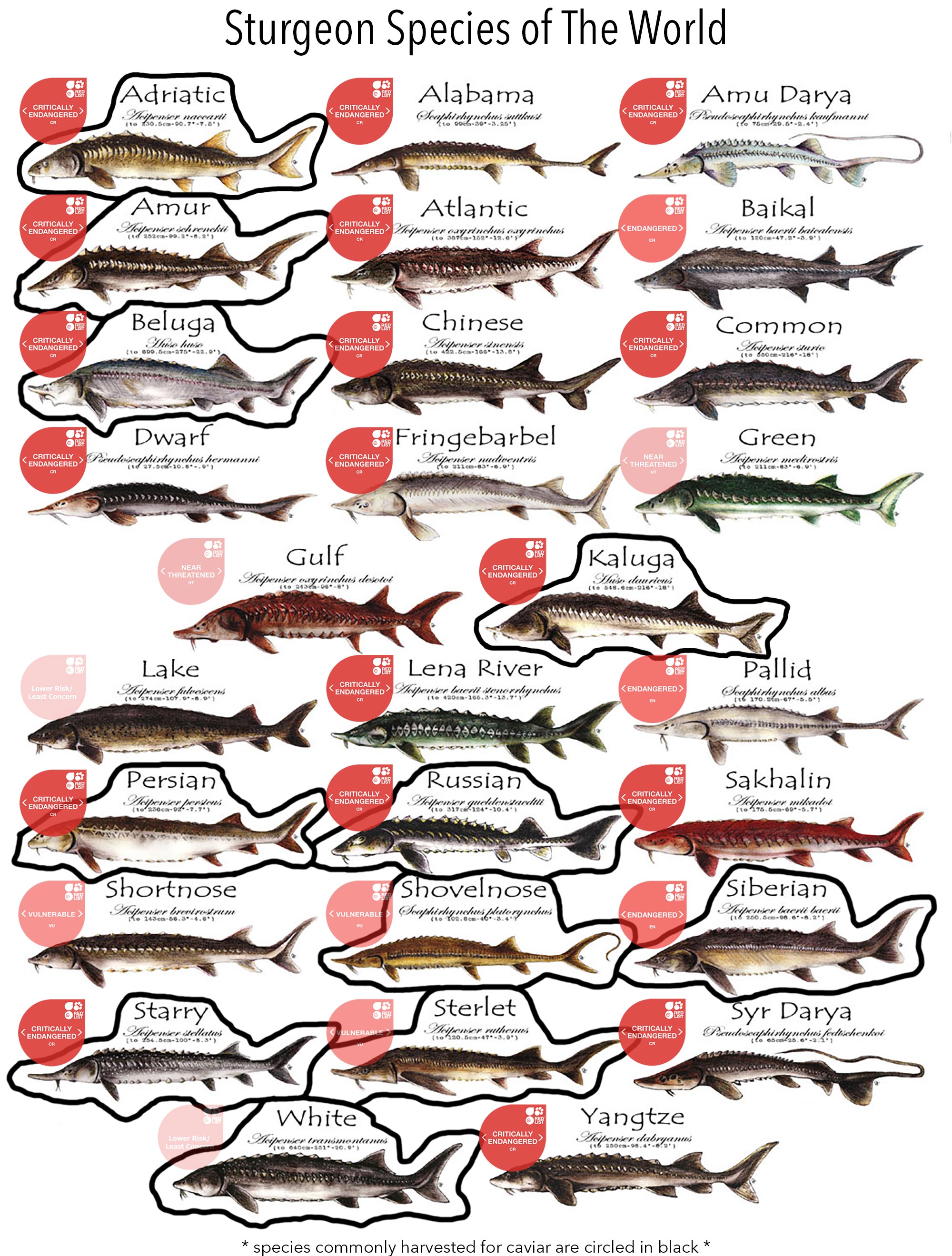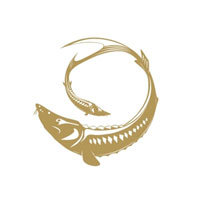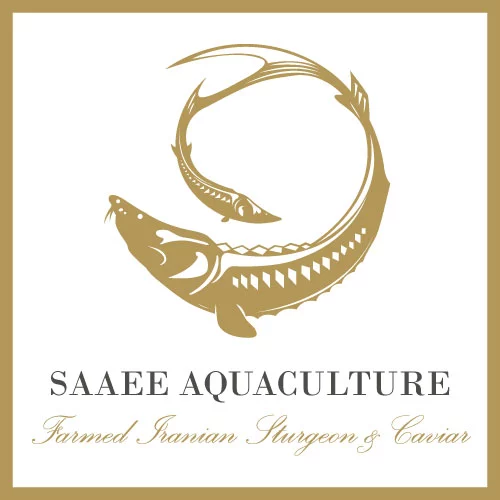
Sturgeon are one of the most ancient species of fish in the world. They are among the oldest remaining members of the bony fish group (Osteicthyes) with their evolution traceable to the early Triassic Period, nearly 250 million years ago. Sturgeon are referred to as "primitive fishes" because their morphological characteristics have remained relatively unchanged since the earliest fossil record. Sturgeon are the largest, longest living and slowest growing freshwater/anadromous fish in the world. While some sturgeon species only grow a couple of feet in length, others can get quite large, commonly ranging 7–12 feet and up to 1,000 lbs.
The world's largest sturgeon, a female beluga, was almost 3,500 lbs and 24 feet in length. The life expectancy of a sturgeon in the wild is about 60 years, with the oldest specimens on record being at least twice that age. They also mature to adulthood much slower than other fish, taking an average of 10 years before reaching maturity. There are 27 species of Acipenseriformes alive today. This is made up of 2 paddlefish species and 25 true sturgeon species; about 9 species of sturgeon and 1 species of paddlefish are native to North America. The exact number of sturgeon, sturgeon subspecies and sturgeon hybrids surviving in their natural habitats remains unknown. The IUCN believes that 85% of the Acipenseridae family faces critical endangerment and up to 4 species may already be extinct.

Some food products are closely associated with particular geographical places and countries (even if not specific to only them), and, thus, it is natural to expect from these products reflectance of the local/regional/national geographical names, i.e., their contribution to place branding.
A typical example of such a product is Iranian (Acipenser persicus) Sturgeon which is produced in many countries but it associates stereotypically with Iran and, more specifically, the Caspian Sea (the most important natural sturgeon’s ranges). The Iranian (A. persicus) is the major species of acipenseridae caught in Caspian Sea and have the most desirable caviar.
The term caviar is of Greek origin, and this fish product became important in the network of the Mediterranean trade in the Late Medieval and Renaissance times. Sturgeon fishing and caviar production was a historical occupation of the population of the Caspian Sea and litoral states. The traditional Iranian culinary of high-class cannot be imagined without caviar, and this stereotypic vision has been replicated by many Persian and foreign books, movies, and common beliefs. To both Iranian and foreigners, caviar is a symbol of luxurious life, and, in fact, not only its exceptional nutritional and sensory properties, but demand for luxurious food drive its production and trade on the international scale These indicate on Iran as one of the leading caviar-producing countries. Historically, overfishing (also for the purposes of caviar production) impoverished sturgeon resources and posed questions of fish protection and caviar production limitation.
Recently, natural caviar production is strictly prohibited (Russia is not exclusion), and sturgeon aquaculture has become the main source of caviar Various illegal issues persist but these are typical to all luxurious products, and, apparently, the growth of aquaculture sustains legal market. Community-based tourism is another solution of sustainable use of sturgeon resources].
Black Caviar
Black caviar” typically covers roe that comes solely from the sturgeon fish. Though the name might make one assume it’s just being categorized by being black, the colors under this term actually range from black or brown to gray or gold. So, you can expect these colors of caviar from Beluga, Sturgeon, Osetra, Kaluga, and many other fish from the Acipenseridae family. Though the terminology can be confusing, this is what many consider true caviar because it comes from the sturgeon fish.

Here are the types of caviar processing method in making caviar:
Malossol process. Experts often prefer this kind of processing method in making caviar. Malossol caviar means lightly salted. Fresh caviar usually has a maximum of five percent salt. Today, caviar’s salt content is much lesser, approximately less than three percent. This type of caviar is considered a high quality type. It is the finest process and tends to be more expensive.
Semi-preserved or salted caviars. This type of caviar usually has salt content of eight percent. It has a longer shelf life because of its high salt content. However, it compromises its taste with longer preservation life. This is considered the traditional process.
If Caviar is made from Salmon, skin of the roe is being removed after which it will be pressed manually in to a screen. The skin is being separated to retain flavor, taste and decomposition. However, some residue is retained in the roe, which tends to affect the taste, flavor and decomposition process of the caviar. Because of this, makers put more salt and preservatives in order to prolong the preservation or shelf life of the caviar.
Pressed Caviar. It is considered the second best in high quality caviar. It is usually made from overly ripe roe, which sometimes are damaged and too soft. It has a high salt content and is pressed to a consistency like jam. It is one of the favorite types of caviars because of its strong and concentrated flavors.
Pasteurized Caviar. It is made from fresh caviar, which is packed in glass jars for longer preservation. Taste and texture is usually compromised. It is treated in high temperature and vacuumed packed to be put in glass jars. Unlike with the traditional or salted processing of caviars, this method tends to preserve the flavor and taste. It is the improved process of the traditional method where it can lengthen the preservation or shelf life of the caviar. This is considered a much better process in preserving the shelf life of caviars.
In general, salt content of Caviar depends on the grade or also known as size of the roe, the weather, and condition. Some caviar has borax content aside from the salt content. Caviar was characterized as a product with high nutritional value, even if its composition showed some variations from species to species.

